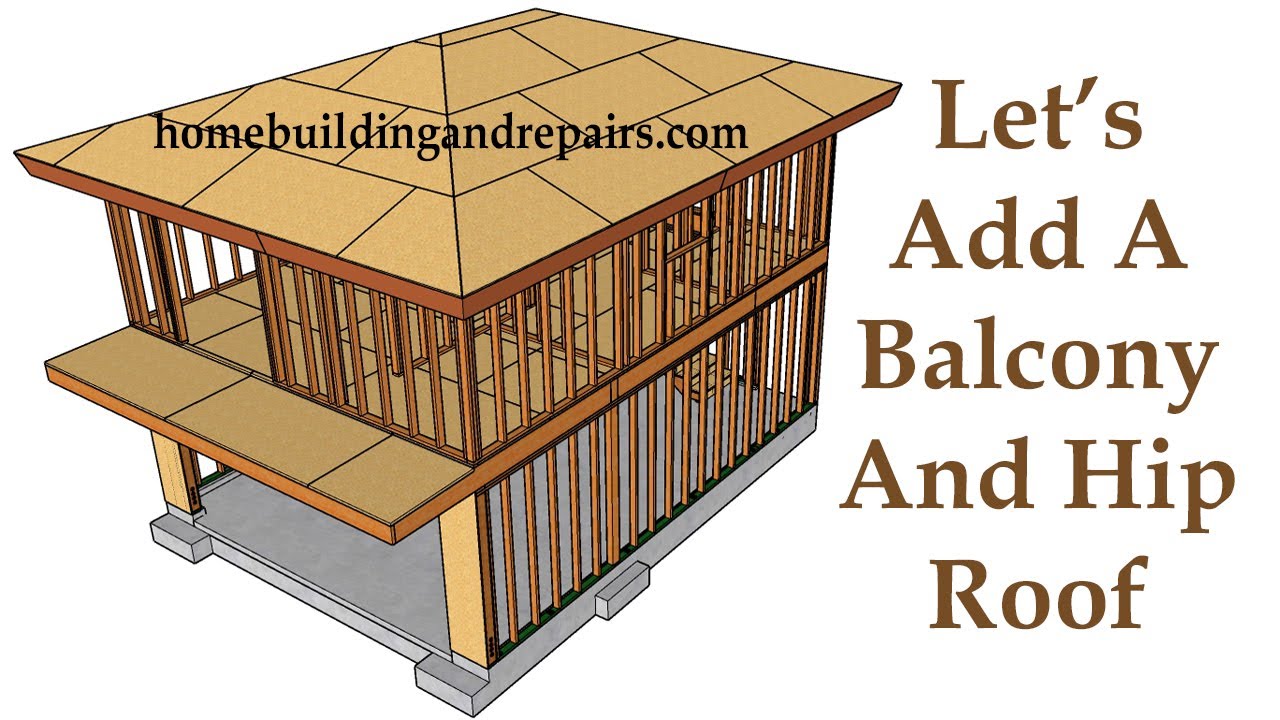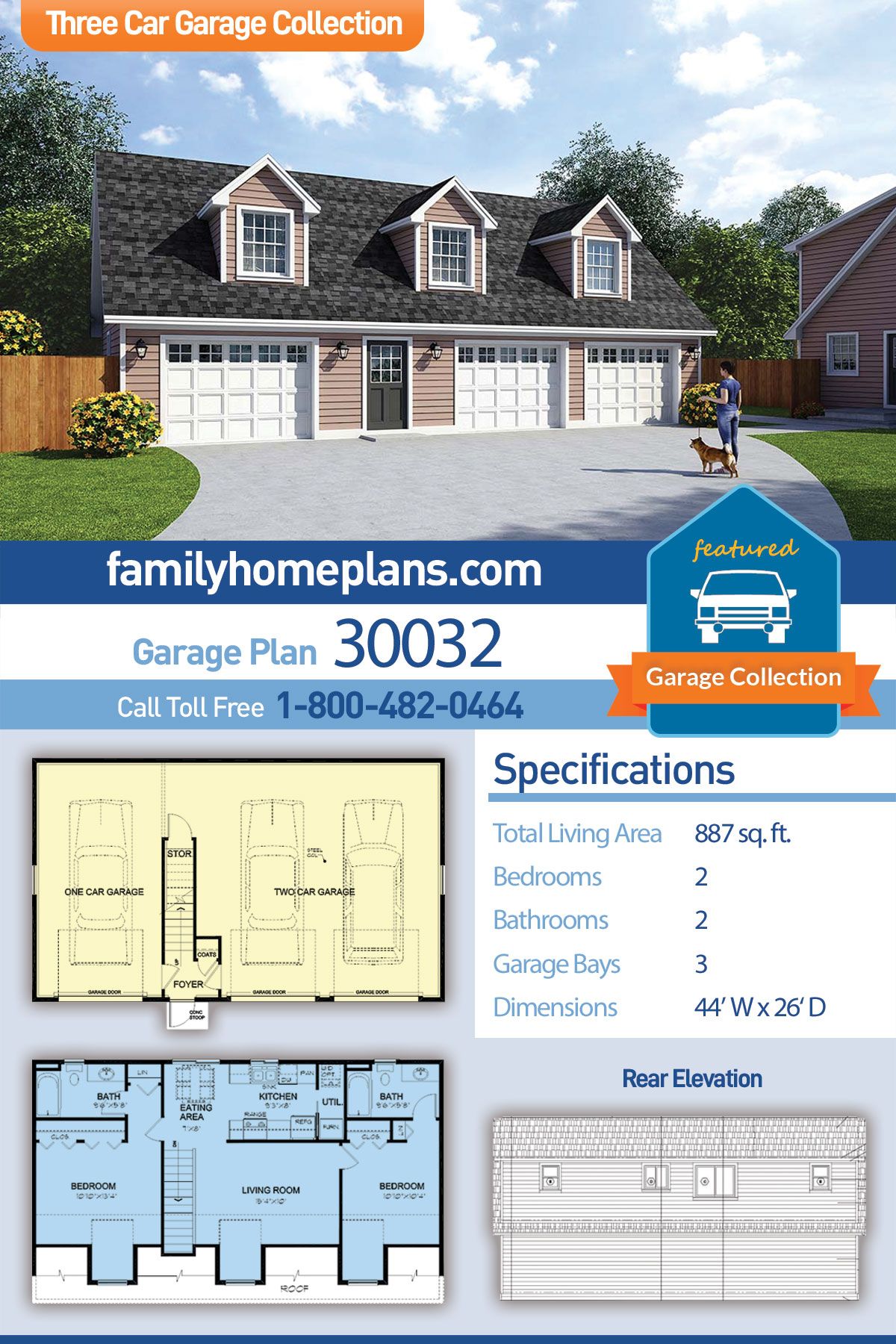
The installation of a garage door opener is relatively simple, but it is important to follow the instructions for installing your specific model. These instructions will detail where and how to run the wires to the garage door opener's power unit. They will also help you determine how long it will take for the garage door opener to be installed and what materials are required.
Garage Door Opener Installation: Getting Started
Locating your control box is the first step in installing your garage door opener. This is the box that houses wires connecting to the opener power units and other components. It should be mounted on a garage wall, near the location of the power unit. To allow them to operate the opener from any room in the house, they should be easily accessible.
Connect the wires to your control box. Make sure you have the right polarity. To determine the correct polarity, check the markings on the wires.

Battery Backup
A battery backup for your garage opener is vital if you live in an area that experiences power outages. It will allow your garage door opener to continue working in the event of a power outage, which can sometimes be scary.
Torsion Spring Replacement
You can replace the torsion springs of your garage door if they are worn or damaged. The torsion Springs are what lift your garage door up and back down. They need to be changed every year.
To remove a torsion spring, you will need pliers and a steel rod. You can hold the spring shaft with the pliers and place them against the header wall of your door. The steel rod will help to loosen the spring tension screws.
Before you can replace the springs, you need to get rid of the cable drums and cables that were attached to the garage door. This will ensure that your springs are correctly aligned.

The spring anchor bracket must be removed from the garage door's bottom. After you have done this, you can replace your spring anchor bracket with another one and then slide your new torsionsprings onto the shaft. You can also replace the cable drums on either side of the shaft if yours are damaged.
Depending on the garage door opener brand you purchase, there may be some parts already installed. If so, you can put the opener together and attach it to your garage door.
For complete installation of your garage doors opener, you can buy additional parts like a cable tension gauge and a remote panel. These extra parts can usually be found at your local hardware store or garage door dealer. These extra parts are very affordable.
FAQ
Which order should you renovate the house?
First, the roof. The second is the plumbing. Third, the electrical wiring. Fourth, the walls. Fifth, the floors. Sixth, the Windows. Seventh are the doors. Eighth, the kitchen. Ninth, bathrooms. Tenth: The garage.
After you have completed all of these tasks, you will be ready to go to the attic.
You might consider hiring someone who is skilled in renovating your house. Renovation of your house requires patience, effort, time and patience. You will also need to spend money. It will take time and money.
Although renovations are not cheap, they can save you a lot of money in the end. A beautiful home can make your life easier.
How long does it typically take to renovate a bathroom?
A bathroom remodel typically takes around two weeks. However, this varies greatly depending on the size of the project. Some jobs, such installing a vanity and adding a shower stall, can take only a couple of days. Larger jobs, like removing walls, installing tile floors and fitting plumbing fixtures, may take several days.
The rule of thumb is that you should allow three days for each room. You would need 12 days to complete four bathrooms.
How can I tell if my house needs a renovation or a remodel?
You should first check to see if your home has had any recent updates. A renovation might be in order if the home has not been updated for some time. On the other hand, if your home looks brand-new, then you may want to think about a remodel.
A second thing to check is the condition of your house. It's possible to renovate your home if there are holes in the walls, peeling wallpaper or damaged tiles. But if your home looks amazing, maybe it's time for a remodel.
Also, consider the general condition of your property. Are the structural integrity and aesthetics of your home? Do the rooms look nice? Are the floors clean? These questions are critical when deciding what type of renovation you should do.
What are the main components of a full kitchen renovation?
A complete kitchen remodel is more than just installing a new sink or faucet. You will also need cabinets, countertops and appliances as well as lighting fixtures, flooring, plumbing fixtures, and other items.
Homeowners can remodel their kitchens completely without needing to do major work. This means there is no need to tear down the kitchen, making the project more manageable for both the homeowner as well as the contractor.
Kitchen renovations include various services, including electrical, plumbing, HVAC, carpentry, painting, and drywall installation. Depending on how extensive your kitchen renovation is, you may need multiple contractors.
A team of professionals is the best way to ensure that a kitchen remodel runs smoothly. Small issues can lead to delays when there are many moving parts involved in a kitchen remodel. You should plan ahead and prepare a backup plan for any unexpected situations if you decide to DIY.
What is the cost of completely renovating a kitchen?
If you've been thinking about starting a renovation project for your home, you may wonder how much it would cost.
A kitchen remodel will cost you between $10,000 and $15,000. There are many ways to save money and improve the overall feel of your kitchen.
Planning ahead is a great way to cut costs. This includes choosing the design style and colors that best suits your budget.
A skilled contractor is another way to reduce costs. Professional tradesmen are familiar with every step of construction, so they won't waste their time trying to figure it out.
It would be best to consider whether you want to replace or keep your existing appliances. Kitchen remodeling projects can cost thousands more if you replace appliances.
In addition, you might decide to buy used appliances instead of new ones. A used appliance can help you save money as you won't be charged for installation.
Finally, you can save money by shopping around for materials and fixtures. Many stores offer discounts on special occasions such as Cyber Monday and Black Friday.
How much does it take to tile a bathtub?
If you want to do it yourself, go big. A complete bathroom remodel is an investment. But when considering the long-term value of having a beautiful space for years to come, it makes sense to invest in quality materials and fixtures.
The right tiles can make all the difference in how your space looks and feels. This guide will help you select the right tiles for your project, no matter how small or large.
First, you need to choose which flooring material you want. There are many options for flooring, including ceramics, porcelain, stone and natural wood. Next, pick a style like classic subway tiles or geometric designs. Choose a color combination.
It is important to match the tile to the rest in a large bathroom remodel. For example, you might opt for white subway tile in your kitchen or bath and choose darker colors elsewhere.
Next, calculate the project's size. Are you ready to renovate a tiny powder room? Would you prefer to add a walk in closet to your master bedroom?
After you have established the project's scope, it is time to visit local stores and view samples. By doing this, you will get an idea of the product's installation methods.
Finally, shop online for great deals on ceramic and porcelain tiles. Many sellers offer discounts and free shipping for bulk orders.
Statistics
- bathroom5%Siding3 – 5%Windows3 – 4%Patio or backyard2 – (rocketmortgage.com)
- 57%Low-end average cost: $26,214Additional home value: $18,927Return on investment: (rocketmortgage.com)
- $320,976Additional home value: $152,996Return on investment: 48%Mid-range average cost: $156,741Additional home value: $85,672Return on investment: (rocketmortgage.com)
- 5%Roof2 – 4%Standard Bedroom1 – 3% (rocketmortgage.com)
- 55%Universal average cost: $38,813Additional home value: $22,475Return on investment: 58%Mid-range average cost: $24,424Additional home value: $14,671Return on investment: (rocketmortgage.com)
External Links
How To
How to Remove Tile Grout From Floor Tiles
Most people are unaware of tile grouting. It is used to seal joints between tiles. There are many kinds of grout on the market today. Each type serves a specific purpose. This article will teach you how to remove tile grout off floor tiles.
-
Before you can begin the process, ensure that you have all necessary tools. You will need a grout cutter and grout scraper.
-
Now, you will need to remove any dirt or debris from under the tile. The grout cutter can be used to cut the grout and remove any loose tiles. Be careful not to damage any of the tiles.
-
Once you have cleaned everything up, take the grout scraper and use it to clean off any remaining grout. You can move on to step 4 if there is no grout left.
-
After all the cleaning is done, it's time to move on. Take one of the rags and soak it in water. Make sure the rag is fully wet. You can wring the rag out if it has become wet. This will ensure that any water remains in the rag.
-
Then, place the wet towel on the joint where tile meets wall. Press firmly on the rag until the grout begins to break apart. Slowly pull the rug towards you, then continue pulling the rag back and forth until the grout has been removed.
-
Repeat steps 4 to 5 until grout is gone. Rinse the ragout. Repeat the process if necessary.
-
After you have removed all grout, rub the tiles with a damp towel. Let dry thoroughly.